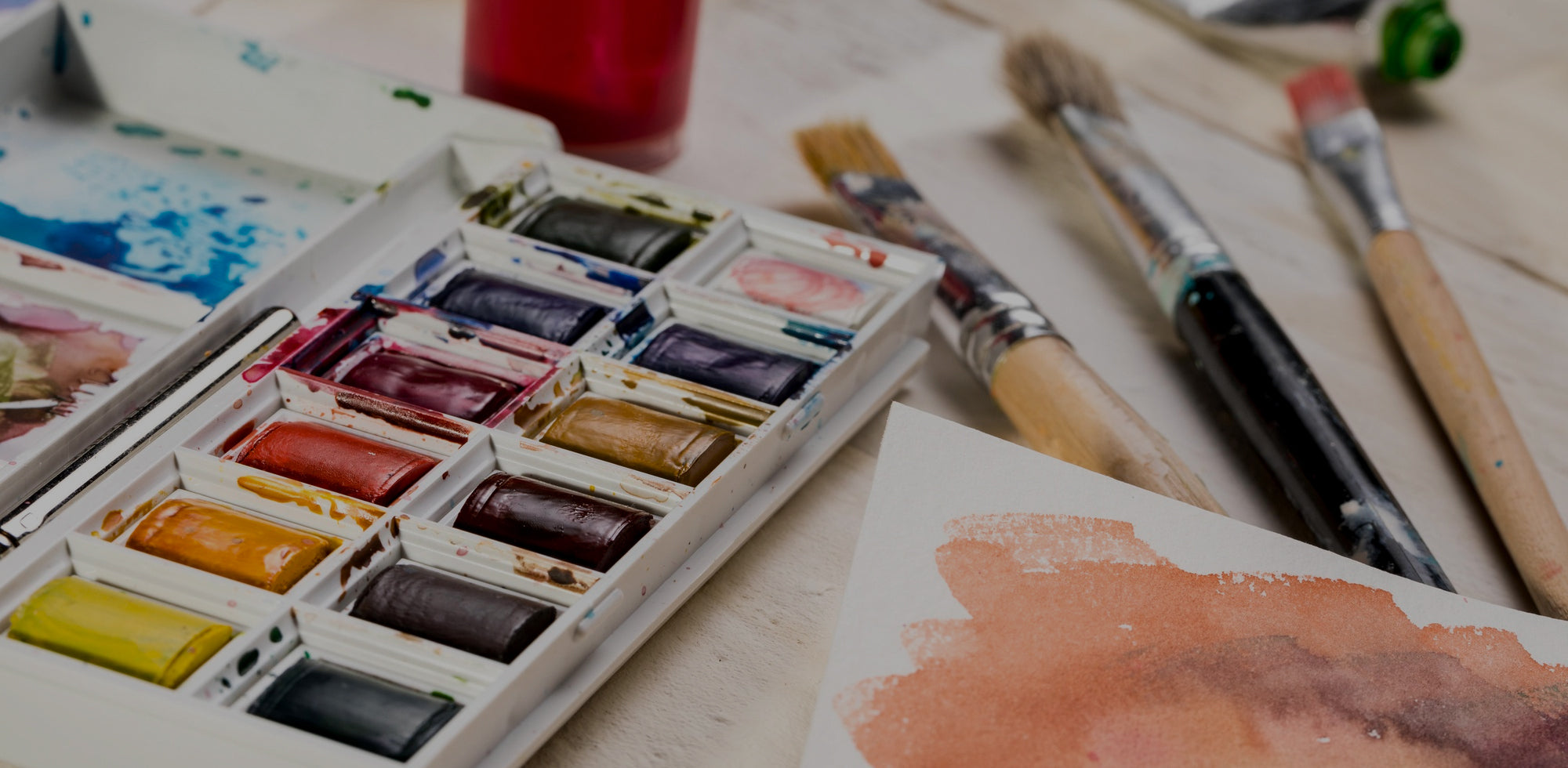Choosing the right pre-stretched canvas is essential for a smooth painting experience and lasting results. Whether you're working with acrylic or oil paint, here are five key factors to look for when evaluating canvas quality.
1. Surface Texture
For pre-primed canvases, the surface should have a light, even texture (also called "tooth") to allow paint to grip well.
If the surface feels too smooth or plasticky, the primer may be too thick. If it feels fuzzy or uneven, the primer could be too thin or poorly applied.
What to look for: Slight tooth, no patchiness or excessive slickness.

2. Canvas Tension
Tap the centre of the canvas. It should feel tight and sound similar to a soft drum.
Loose or bouncy tension can lead to sagging or distortion during or after painting.
What to look for: Firm tension across the entire surface.

3. Frame Construction
Inspect the wooden stretcher bars. They should be straight, not warped, and the corners should be square.
Warped or uneven frames can pull the canvas out of shape, affecting how it hangs and how paint behaves on the surface.
What to look for: Straight wood, clean corners, no signs of bending.

4. Stretcher Bar Thickness
Thicker stretcher bars provide better structural support, especially for medium to large-sized canvases.
They help maintain tension and resist warping, particularly when using heavy paint or applying pressure during brushwork.
What to look for: Bars at least 3.5cm thick for larger canvases; thinner bars may be acceptable for small sizes.

5. Canvas Weave
Hold the canvas up to the light and examine the weave. A tight, even weave allows for better paint control and prevents excessive absorption.
Loosely woven fabric can lead to paint bleeding, uneven coverage, or warping. Linen canvas may show natural irregularities, which are not flaws if the weave remains strong.
What to look for: Consistent weave with no gaps, holes, or frayed threads.
Conclusion
A high-quality pre-stretched canvas should have an evenly textured surface, proper tension, a sturdy and square frame, appropriate bar thickness, and a tight fabric weave. Taking the time to assess these five factors can help you avoid common frustrations such as sagging, warping, or uneven paint performance.





